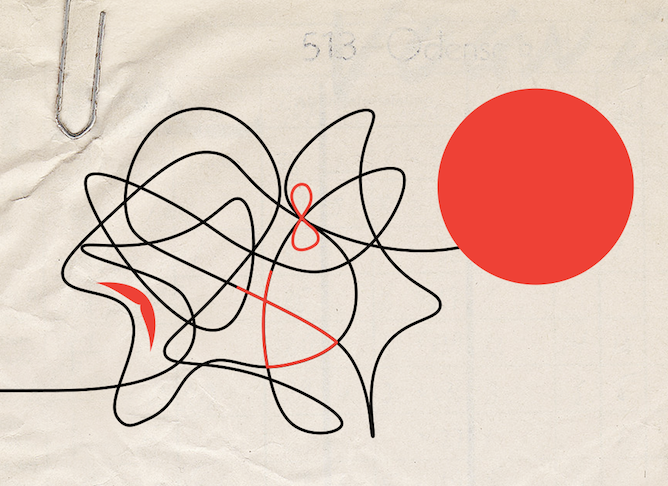2. TPatT - Titles
All Indigenous works that were first published in English before 1993 are included in this database.
Pages
-

- Manifest Manners: Narratives on Postindian Survivance
- Gerald Vizenor counters the cultural notions of dominance, false representations, and simulations of absence, and, by documents, experience, and theories, secures a narrative presence of Native Americans., not in the SFU library
-

- Masterpieces of American Indian literature
- Introduction -- The life of Kah-ge-ga-gah-bowh / by George Copway -- The soul of the Indian / by Charles Eastman -- American Indian stories / by Zitkala-Ša -- Coyote stories / by Mourning Dove -- Black Elk speaks / as told through John G. Neihardt., "The five complete and unabridged works collected here are parts of a long and passionate testimony about American Indian culture as related by Indians themselves. Deep emotions and life-shaking crises converge in these pages concerning identity, family, community, caste, gender, nature, the future, the past, solitude, duty, trust, betrayal, leadership, war, and apocalypse. Each work is also regarded as a classic of Native literature and has much to teach." "The Life of Kah-ge-ga-gah-bowh (1847) by George Copway, a Canadian Ojibwe writer and lecturer, describes his unique and difficult cultural journey from the tiny village of his youth to the legislatures of the world, speaking for the rights and sovereignty of Indians." "The Soul of the Indian (1911) by Charles Eastman, a physician and mixed-blood Sioux, depicts "the religious life of the typical American Indian as it was before he knew the white man."" "American Indian Stories (1921) by Zitkala-Sa, one of the most famous Sioux writers and activists of the modern era, includes legends and tales from oral tradition, childhood stories, and allegorical fiction." "Coyote Stories (1933) by Mourning Dove, an Okanagan writer, retells the popular trickster tales of Coyote, the most resilient character in all of American literature." "Black Elk Speaks (1932) as told through John G. Neihardt, is the spacious religious vision and candid life story of a Lakota holy man. Neihardt and Black Elk collaborated to produce a unique and inspirational work."--Jacket., Originally published: New York : MJF Books, ©1993., Includes bibliographical references (pages 621-623)., Not available at SFU libraries

